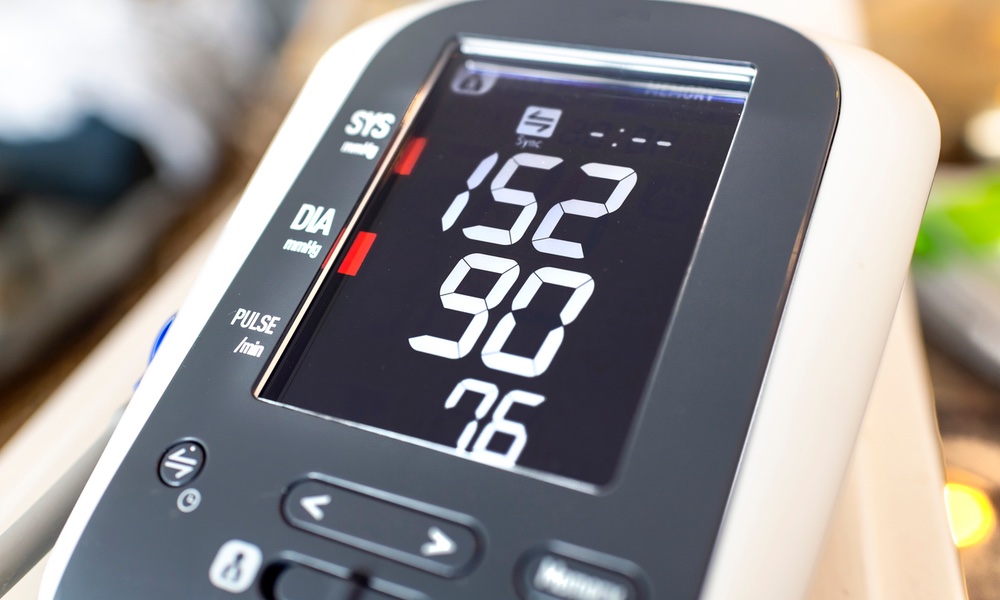For the first time, scientists have succeeded in using stem cells to cure the genetic disease sickle cell anemia. And they did it without using embryonic stem cells. While they have so far accomplished this in mice only, it is hoped that this may point the way toward a real cure for the millions of humans affected by the disease.
Sickle cell anemia is a life-threatening, inherited condition that causes red blood cells to become sickle-shaped instead of round. As a result, they form clumps in the blood vessels; these clumps interfere with blood flow and cause pain, infection and damage to the body.
Sickle cell anemia is most common in people whose families come from Africa, South or Central America (especially Panama), the Caribbean, Mediterranean countries (such as Turkey, Greece, and Italy), India and Saudi Arabia. Sickle cell anemia affects about 70,000, mainly African-American, people in the United States. The team at the Whitehead Institute of Biomedical Research in Cambridge, Massachusetts, used what are called "pluripotent stem cells" from the mice's own skin, rather than the more familiar embryonic stem cells, which, as their name implies, come from unborn embryos. (Pluripotent stem cells are essentially the offspring of embryonic, or totipotent, stem cells. They cannot develop into an embryo or an entire living being.) The researchers say that pluripotent stem cells have the same potential for therapy as embryonic stem cells, but without raising objections from those who, for religious reasons, oppose the medical use of embryonic tissue.
For their research, Jaenisch and his team created the stem cells from cells extracted from the skin of mice. They then "reprogrammed" them by by injecting four genes into them.
When the reprogrammed cells were injected back into mice with sickle cell anemia, the mice were cured. Jaenisch says the research demonstrates that this kind of reprogramming can be used to correct this and other genetic diseases.
According to researcher Dr. Jacob Hanna, the study is the first evaluation of such cells for therapy after years of work on customized stem cells and using skin cells from the body to solve the problem of tissue rejection. Scientists say that, someday, they hope they will be able to use such stem cells to treat a range of diseases such diabetes, Parkinson's disease as well as spinal injuries.
The study is published in the December 7 issue of the journal Science.




